Cambridge, MA, 2025
At the end of day one at the MetFix Training Development Conference, I found myself at dinner with Bob Kaplan, Tomás Duraj, and Derek Lee. Thomás and Derek work for Dr. Thomas Seyfried’s world renowned cancer research lab at Boston College. Bob is Head of Research at MetFix. Earlier, Tomás and Derek had presented on mitochondrial dysfunction in cancer, connecting the dots between reactive oxygen species (ROS), mitochondrial damage, and cancer progression. It was heavy science—but what stayed with me wasn’t just the lecture. It was the conversation over dinner that really caught my attention
Bob had said something earlier in the day that I needed clarified. He’d suggested ROS could be beneficial, even necessary. I asked him to explain. Bob described ROS as part of fuel signaling and insulin sensitivity. Thomás and Derek jumped in: moderate ROS is essential—it signals adaptation. Too much, too long, and it’s destructive. We were all aligned: ROS wasn’t just about damage. It was about balance.
Somewhere in that conversation, I had a realization: ROS might be the cellular version of intensity. Just like in the gym, there’s a red line. Push too little, nothing changes. Push too hard, you break. Find the edge? That’s where adaptation lives.
Reactive oxygen species are small, unstable molecules your body makes every day—superoxide, hydrogen peroxide, hydroxyl radicals. They’re the exhaust from your metabolic engine. They appear when you burn fuel, contract muscles, or fight infection. At controlled levels, they’re signals: telling cells to grow stronger, mitochondria to multiply, immune systems to sharpen. At uncontrolled levels, they’re wrecking balls: oxidizing LDL, tearing DNA, inflaming neurons, damaging cells. This dual nature of oxidative stress actually caused the person who coined the term to divide it into two separate terms to clear some of the confusion: (1) oxidative eustress (physiological and essential for governing life processes) and (2) oxidative distress (excessive and toxic oxidative burden).
ROS are always there. The question isn’t whether they exist—it’s how much you make, and how well you control them.
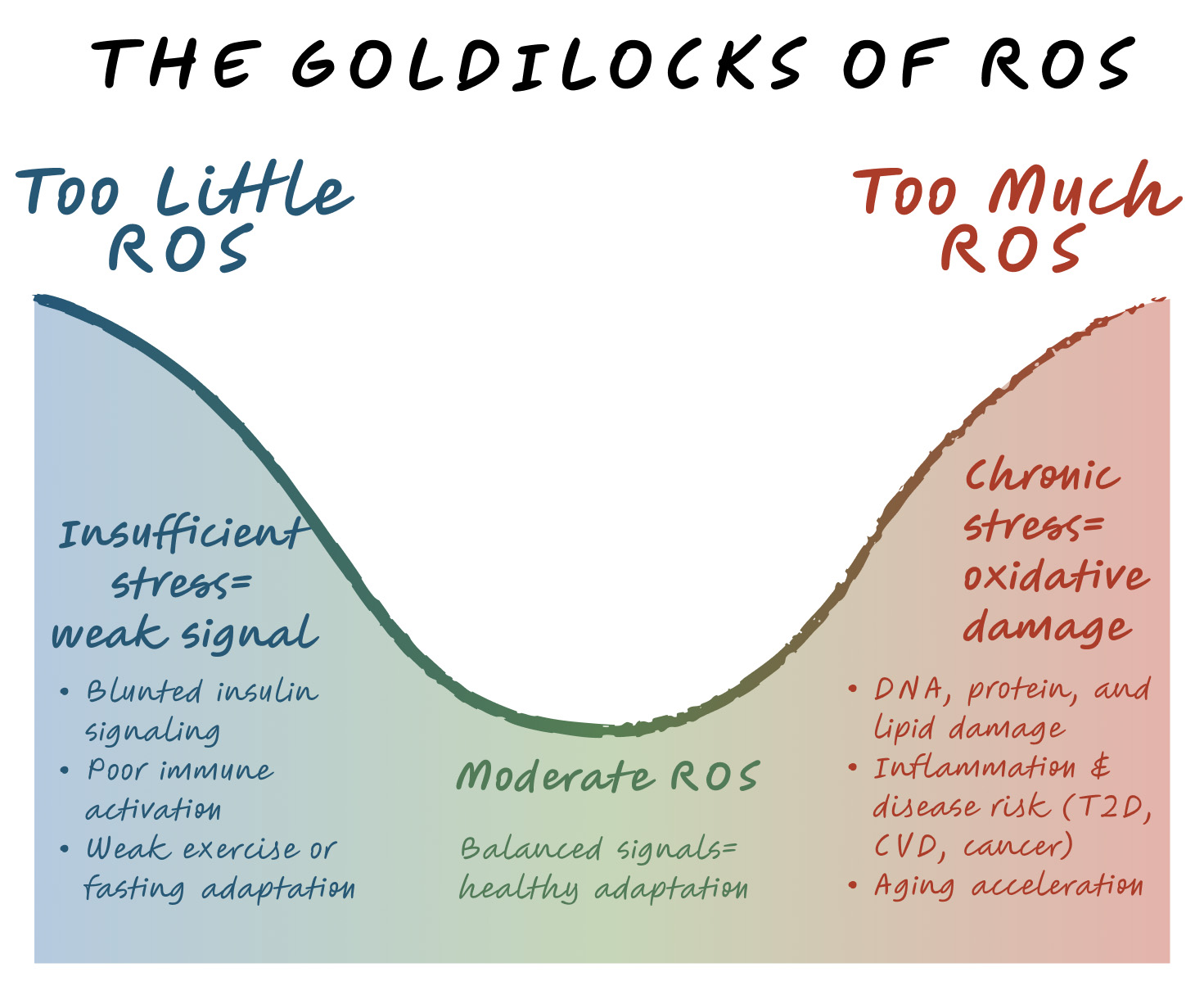
Sporadic ROS elevation (like from exercise or fasting) is helpful. Chronic elevation is harmful. Suppressing all ROS can be just as disruptive as having too much.
Unchecked ROS drives disease through direct molecular damage. In heart disease, ROS tip the redox balance toward dysfunction. They damage the endothelium, disrupt normal signaling, and accelerate the processes that harden and clog arteries. Over time, this oxidative stress becomes a driver of atherosclerosis and vascular disease. In Alzheimer’s disease, glucose metabolism is dramatically decreased, due in part to oxidative damage to enzymes involved in energy production. As a result, cognitive function is impaired alongside neuronal dysfunction and death. In cancer, elevated ROS levels are linked to various proliferative processes while even higher levels of ROS are mutagenic and can damage lipids, proteins, and nucleic acids in both mitochondria and nuclei. Radiation and most chemotherapies kill cancer cells through increasing ROS levels. This is slow death at the cellular level—oxidative stress as pathology, not adaptation.
There’s another side to this equation. Moderate, controlled ROS is the signal of adaptation. In humans, exercise raises oxidative markers, sparks antioxidant defenses, and induces adaptive responses. Fasting shows the same pattern. Endurance exercise and prolonged fasting have something in common: a reliance on fat for fuel produced in the mitochondria. Fueling with fat intrinsically generates more ROS in the mitochondria, and this serves as a signal for mitochondrial biogenesis — increasing mitochondrial numbers and capacity to meet the cell’s increased energy demands during endurance exercise. Want to stick a wrench in this process? Supplement your training with antioxidants. Both movement and fuel manipulate the same ROS‑regulated machinery. Dose matters: effort or fuel, stress is stress. Controlled stress drives growth.
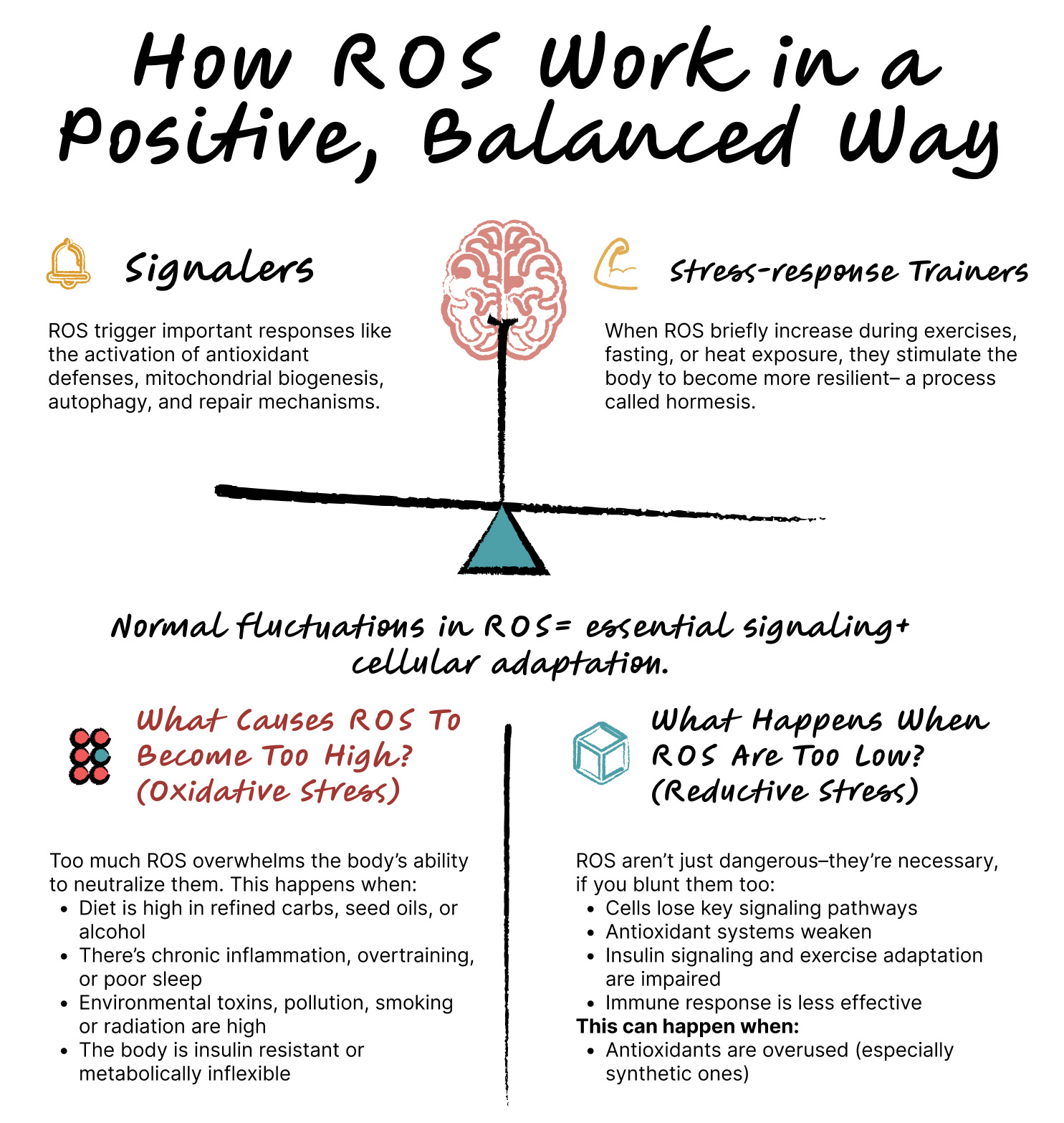
Reactive Oxygen Species are a natural byproduct of normal cellular metabolism.
As Bob Kaplan discussed that evening, emerging research suggests that stress alone doesn’t explain the whole picture—fuel quality, particularly the type of fat consumed, influences cellular signaling and satiety. Seed oils disrupt the natural ROS signal that tells the brain we’ve eaten enough, leading to overconsumption and metabolic miscommunication. When it comes to exercise, the ROS signal is a direct response to intensity. In simplified terms, increases or decreases in intensity move ROS in a similar respective fashion. Fueling can be more complicated—it’s about quality. Seed oils in particular hijack our body’s natural ROS signal to food: normally, ROS rise to signal satiety, but seed oils short‑circuit that response, leading to hunger despite sufficient intake.
You can’t walk into a diagnostic lab and get a neat ROS readout like you can with blood sugar. They’re too reactive, too fleeting. But you can see their shadow in the outcomes: improved work capacity, blood pressure improves, triglycerides drop, A1C normalizes, bones grow stronger, recovery speeds up. That’s the molecular fingerprint of adaptation—the work of ROS, traced in outcomes we can measure.
Relative intensity is not a new idea. This is the same methodology we’ve trusted all along—just seen with more clarity. We coach mechanics to protect our clients and deliver a dose of training that drives adaptation without undue injury. We chase intensity not to crush people, but to trigger the signal that says: grow. Scaling isn’t just about protecting joints or egos. It’s protecting the cell. It’s keeping ROS in the adaptive zone. When we dose fuel and effort properly, we’re shaping biology—all the way down to the molecular sparks that decide growth or decay.
What clicked for me in Cambridge is this: intensity has a fingerprint. ROS are that fingerprint. They whisper, or scream, from the mitochondria, dictate adaptation or breakdown, and sit at the crossroads of performance, resilience, and chronic disease.
For some, the goal is peak performance. For most, it’s energy, clarity, relief from disease, a second chance. Regardless of the goal, ROS are central to the story—the bridge between clean movement and cellular change, between metabolic crisis and recovery.
ROS is the exhaust signal of human performance—the unseen byproduct that hints at whether the levers of food and training were pulled correctly. We can’t measure it directly, but we see its fingerprints in how athletes perform, recover, and adapt. A mechanic reads the exhaust, too much black smoke means inefficiency or damage, the appropriate amount means power. In the same way, a coach who understands ROS can read the signs of fatigue, aches, or bonks and know whether the dose of nutrition, scaling, and intensity is right. Every cue, every rep, and every conversation is a chance to tilt the biology toward health or disease.
This is MetFix. The same lessons we coach every day—effort, scaling, balance—are written at the cellular level in sparks of oxygen. Get it right, and the body adapts. Get it wrong, and it breaks. The better we understand that, the better we coach. And the better we coach, the more lives we change.
Hollis Molloy is a career coach and Certified CrossFit Level 4 Trainer who served on the CrossFit HQ Seminar Staff from 2007 to 2025 and has owned CrossFit Santa Cruz since 2008. He continues his work as CrossFit Santa Cruz while expanding into MetFix Santa Cruz and serves as a member of the MetFix Academy Staff, teaching and developing education for coaches on metabolic health and performance.
Support the Broken Science Initiative.
Subscribe today →
2 Comments
Leave A Comment
You must be logged in to post a comment.
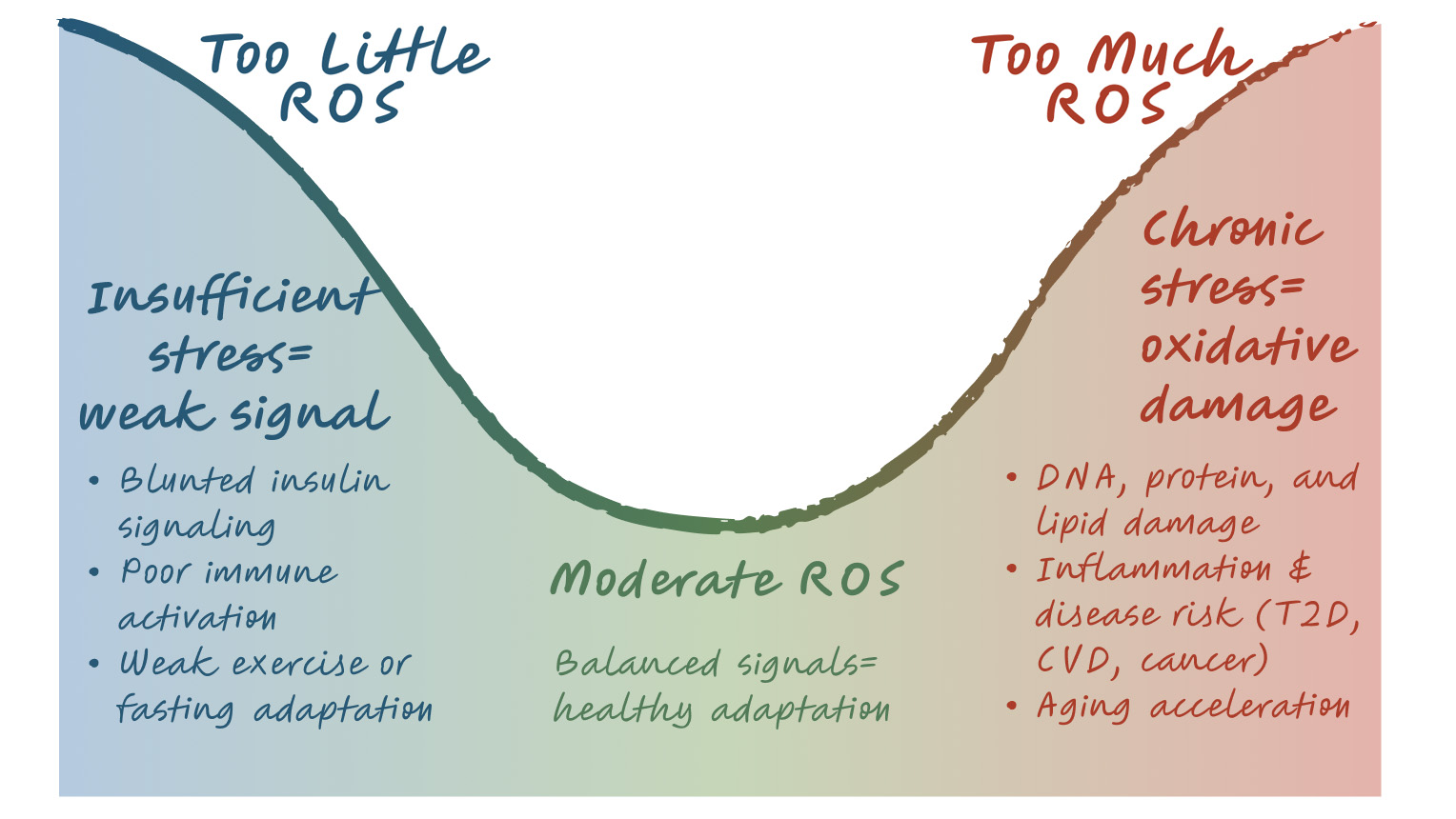
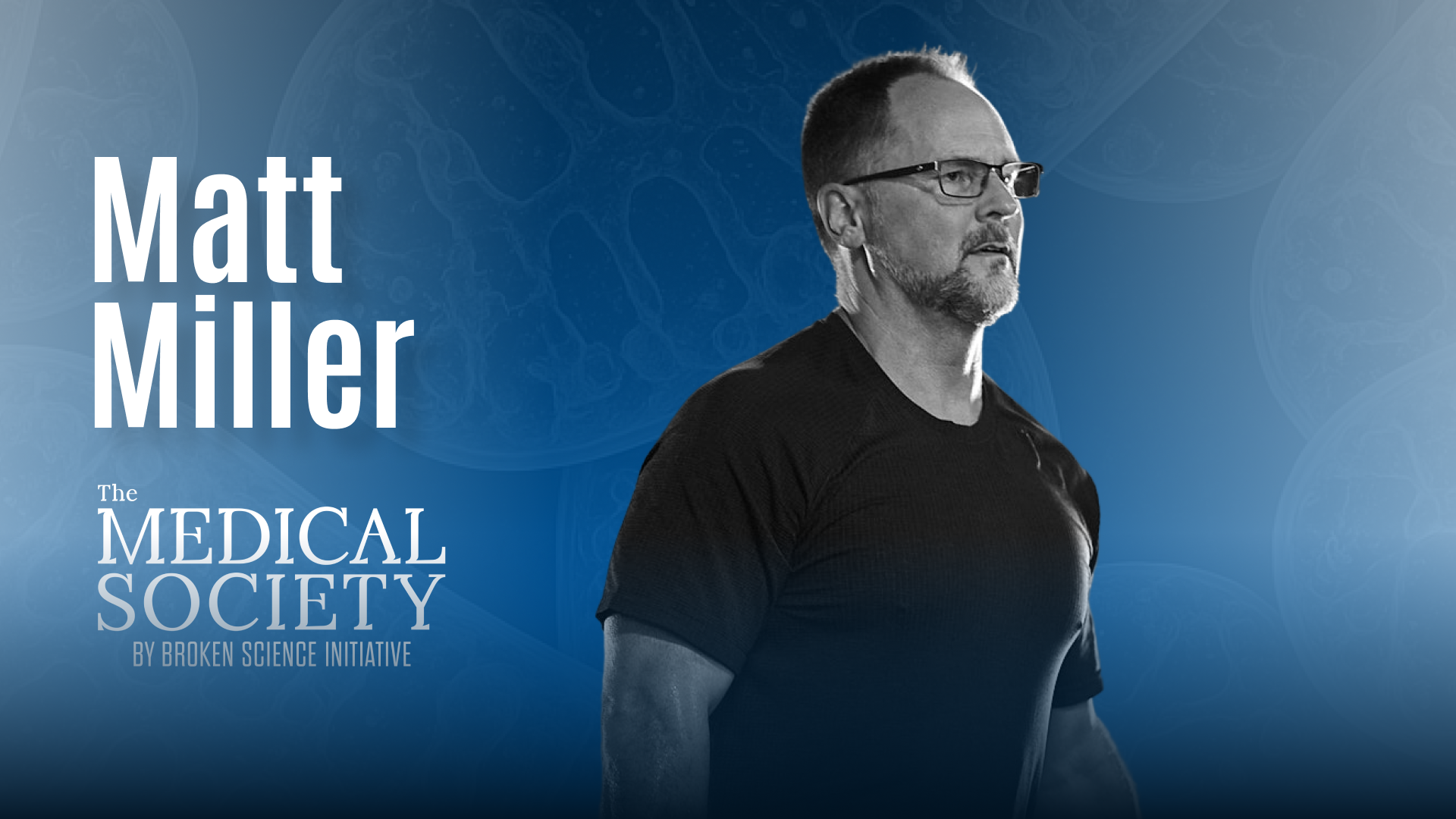
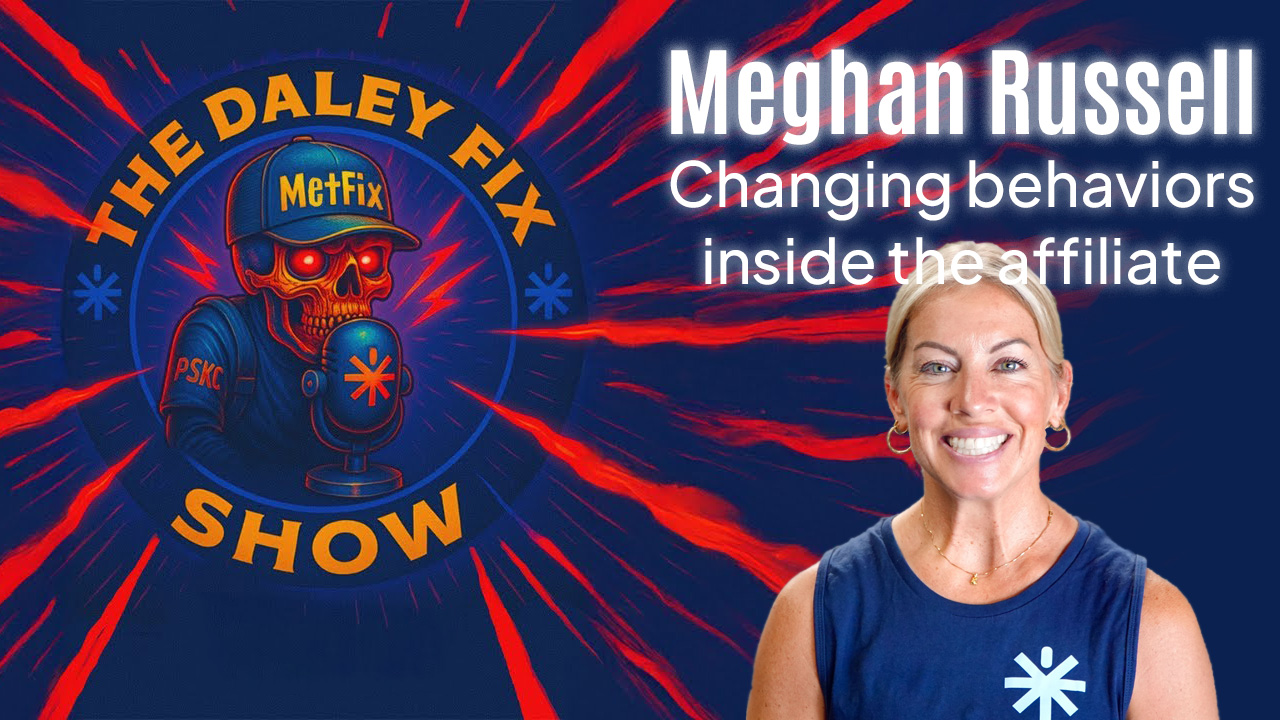
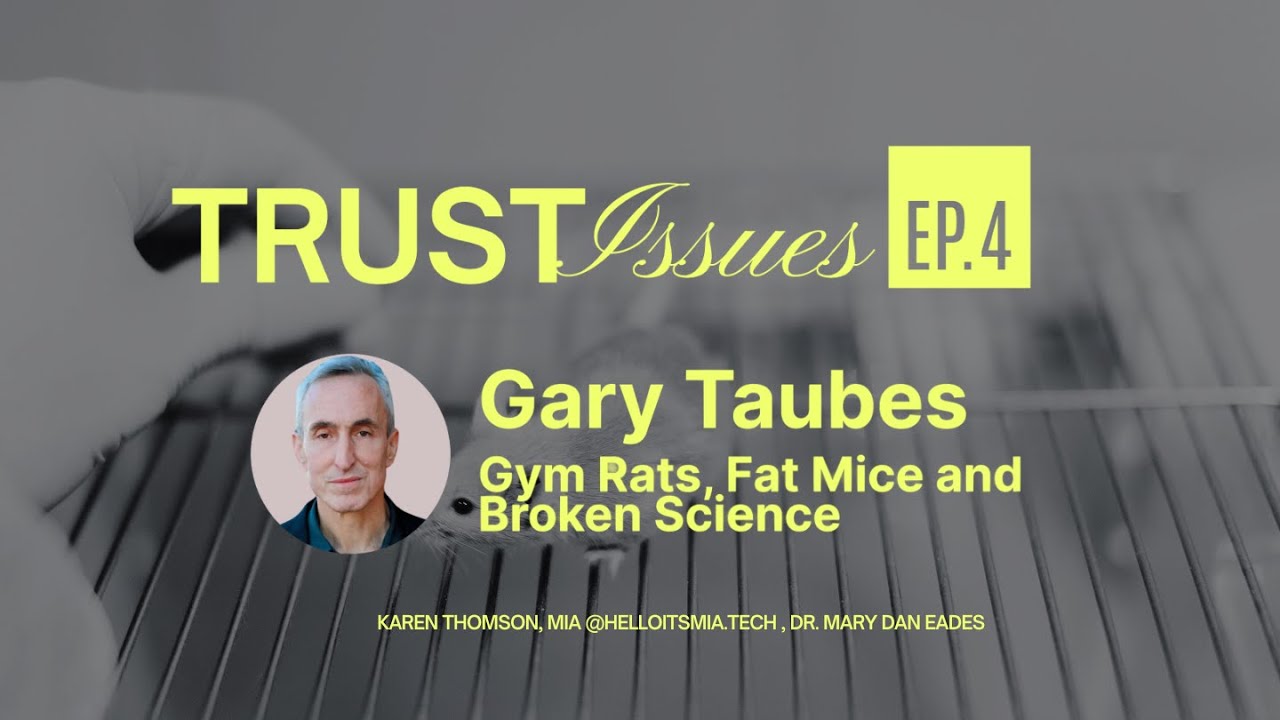
This is amazing, Hollis. Thank you!
This a good summary of ROS. Hats off for talking about scaling, or individualizing the prescribe dose to achieve the desired effect (eustress to trigger the desired response).